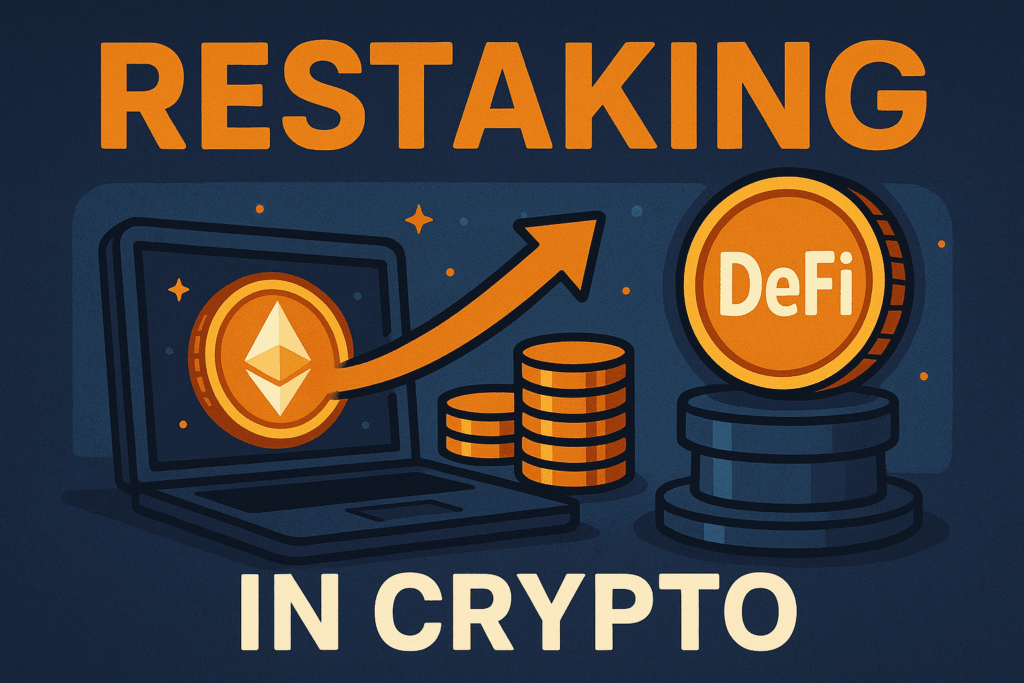Restaking is quickly becoming one of the most talked-about trends in the DeFi world, but is it really the next evolution in yield generation, or just another fleeting hype cycle? As crypto investors hunt for higher returns, platforms offering restaking solutions are gaining serious momentum—but not without raising some critical questions about risk, security, and sustainability.
What Is Crypto Restaking?
At its core, restaking allows users to take the rewards or assets they’ve already staked on a blockchain and stake them again in another protocol or contract. This layered approach is designed to maximize yield by compounding staking benefits across different ecosystems. The concept is gaining ground as more DeFi projects look for ways to lock in liquidity and incentivize user participation.
A leading example is EigenLayer, a restaking protocol on Ethereum that allows ETH stakers to “restake” their assets to secure additional decentralized networks, providing extra rewards on top of standard Ethereum staking yields. Other platforms are beginning to adopt similar models, with Layer 2 and cross-chain applications exploring the potential of restaking as a way to boost network security and liquidity.
Why Is Restaking Gaining Popularity?
The surge in restaking popularity can be attributed to several key factors:
- Higher Yield Potential: By restaking, users can stack multiple sources of rewards without needing fresh capital.
- DeFi Innovation: New protocols are offering creative ways to use staked assets beyond their original purpose, attracting risk-tolerant investors.
- Network Security: Restaking mechanisms can help bootstrap the security of new chains or services by leveraging the economic weight of existing validators.
Risks and Challenges of Restaking
While the returns may seem appealing, restaking isn’t without its pitfalls. Here’s what investors need to watch out for:
- Increased Slashing Risk: If a validator misbehaves on one network, restaked assets across multiple chains could be at risk.
- Smart Contract Vulnerabilities: Restaking introduces more layers of smart contracts, increasing exposure to potential bugs or exploits.
- Liquidity Constraints: Restaked assets are often locked up, reducing flexibility and exit options during market downturns.

Is Restaking Sustainable?
The debate is still open. Proponents argue that restaking offers a more efficient use of capital and aligns incentives for network growth and security. Critics warn that the system could become overly complex and fragile, especially if leveraged by inexperienced investors chasing unsustainable yields.
Top Restaking Platforms to Watch
- EigenLayer – Leading the charge on Ethereum with its innovative restaking protocol.
- Swell Network – Exploring liquid restaking solutions with a focus on flexibility.
- Lido Finance (speculative) – While not directly offering restaking, discussions are ongoing about potential integrations.
Conclusion
Restaking is undoubtedly one of the hottest trends in DeFi right now, promising higher yields and greater network efficiency. But like all things in crypto, the line between innovation and risk is thin. Investors should tread carefully, do their research, and avoid overexposure to untested protocols. Whether restaking becomes a pillar of the future DeFi landscape or fades like past trends remains to be seen—but for now, it’s worth keeping a close eye on.

